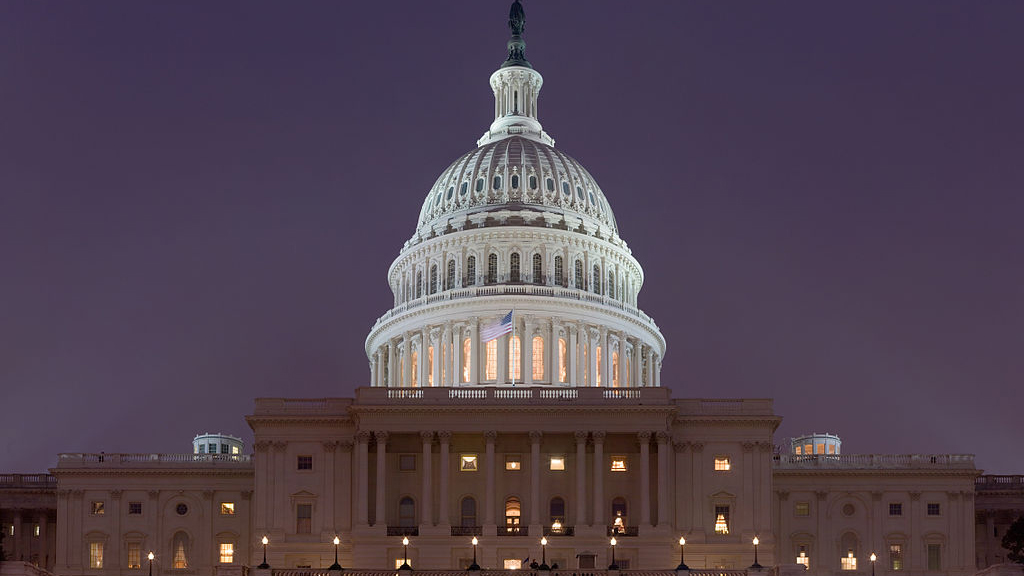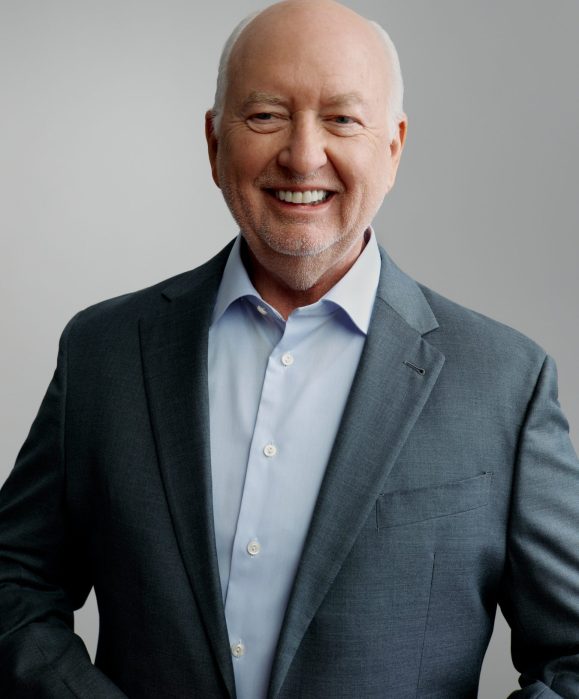More than 200,000 Americans have died from prescription opioids between 1999 and 2017. Personally, I know a mother who lost her son to an overdose, a brother of a friend who is now gone, and I’m sure I’ll know more to come. The death of a loved one takes a toll on the surviving family and community, especially here on Long Island. It could be argued that this has changed our entire society.
Americans, like 23-year-old Saige December Earley of Cazenovia, New York, are paying the highest price. In a few short years after she started on prescription painkillers, Earley died in an airport bathroom with a needle sticking out of her arm, leaving her infant son and her parents behind.
Even our men and women in the military are affected. About 3.8 million service members have been prescribed opioids for traumatic injuries suffered on the battlefield. Of that population, about 11 percent abuse those opioids — that’s around half a million veterans. It’s one thing for American soldiers to go to war to protect our country, it’s another thing to make them addicts.
But we can’t simply blame the individuals who are living with addiction. We have to look at the system that has helped create this epidemic — the corruption within our government and the culture of profit over people. We need to talk about the treatment and cure for this systemic abuse within our own government.
The Business of Addiction
The Sackler family — founders, and owners of the pharmaceutical company Purdue Pharma — are accused of scheming to addict Americans to oxycontin and profit from it. Those suing the company alleged they knew from research that a percentage of patients become addicted, a larger percentage than they admitted knowing about. They also allegedly knew that addiction creates lucrative demand.
Their plan, called Project Tango, was to get Americans addicted to oxycontin and keep them on it — then if and when they went into recovery for addiction, prescribe them the recovery drug buprenorphine, which the Sackler family has a patent for. They would get them coming and going. And it worked. Oxycontin, first marketed in the United States in 1996, became the most abused prescription opioid in the country within a decade.
Addiction is great for business. Just look at big tobacco or any drug cartel. Thanks to the success of Project Tango, the Sacklers increased their $13-billion fortune at the expense of hundreds of thousands of lives and billions of tax dollars spent fighting the epidemic. The profits they earned from the sales of oxycontin in 2013 reached over $400 million. Add these numbers up over the last decade and it goes into the billions.
Pay-to-Play
Money is power, and money is free speech (according to the U.S. Supreme Court) — but most American don’t have both. The opioid epidemic is the result of an abuse of these powers and rights.
According to Open Secrets, in 2018 Big Pharma spent $281,472,969 on lobbying and $27,504,579 on campaigns. In the past, pharmaceutical companies aimed contributions at congressional committees that regulated the industry. This is the practice that most, if not all, multinational corporations and their wealthy owners use to get what the want.
Billionaires own big business and the government. The Sacklers, who own Purdue Pharma and other companies within the pharmaceutical industry, spend their own money on campaigns and contribute through their corporations as well. It’s an investment they know gives them influence and power in the government.
When profit over people is your modus operandi, you bring professionals in to get the job done. Purdue Pharma hired the management firm McKinsey & Company to help increase those profits and the sale of oxycontin. McKinsey & Company also spends millions in campaign contributions, and its employees are part of the revolving door of government employee to lobbyist.
The Sacklers have gotten away with this for too long. If you follow the money, you can see they have spent extremely large sums, with many family members contributing $33,400 at a time to both the Republican and Democratic parties from their personal fortunes. Spending on candidates from both parties is common for most mega campaign donors. This corrupt system of pay-to-play politics gets you what you want, and what the Sacklers wanted was to profit off the suffering of others.
Congress has been known to favor Big Pharma. Sometimes it passes seemingly helpful legislation to fight the opioid epidemic, but those measures fall short. Congress doesn’t address the problem, which is that legal opioids are flooding our homes and communities. Instead, they prop up recovery as the answer.
The Drug Addiction Treatment Act of 2000 (DATA 2000) essentially opened every home to opioids as long as physicians thought patients needed it. DATA 2000 also made it easier to get a waiver to the restrictions that are held for other recovery drugs.
The Act permits qualified physicians to obtain a waiver from the separate registration requirements of the Narcotic Addict Treatment Act – 1974 (PDF | 437 KB) to treat opioid dependency with Schedule III, IV, and V medications or combinations of such medications that have been approved by FDA for that indication. Learn more about buprenorphine to treat substance use disorders.
Adding insult to addiction, the Sacklers were given the ability to have buprenorphine prescribed in recovery clinics and purchased from local drug stores with a prescription. In some cases, the doctor prescribing buprenorphine could be the same one who prescribed an addict’s first dose of pain meds.
The federal government doesn’t really try to regulate prescription opioid dealers. Both Democrats and Republicans are guilty of putting Big Pharma before the people suffering from a crisis created by the Sacklers.
President Obama gave more money to the recovery industry when he signed the Comprehensive Addiction and Recovery Act of 2016. This made the Sacklers even richer, since they’re invested in those programs and the recovery drugs used in them. President Trump and the current Congress keep the status quo.
Despite declaring the opioid epidemic a national emergency, Trump continues to support the recovery industry and has praised more than 20 corporations in the private sector for work on the opioid crisis.
Congress’ Special Interest Addiction
Today, we are in definite need of recovery programs. We can’t help Americans struggling to overcome opioid addiction if we don’t end Congress’ addiction to special interest and billionaire cash. Stopping the epidemic requires a government that is going to regulate a runaway pharmaceutical industry and provide education and services to communities.
For over a decade, Congress has proven they are more willing to help corporations and the billionaires that give to their campaigns and party coffers. America needs its own recovery program from the corruption that is in D.C. The wealthy and their corporations are the legal cartels that keep Congress supplied with campaign cash. It’s an unhealthy relationship, like an addict and his dealer.
The best way to deal with this addiction is with an amendment to the U.S. Constitution. But Congress, like most addicts, is going to need an intervention. This can be accomplished by using Article V of the Constitution. State interventions, in the form of resolutions calling for a limited convention to propose an amendment for campaign finance reform, will lead the way to recovery. Let’s stop this epidemic of corruption before we lose the Republic.
Joe Sackman is a Long Island Activist Steering Member and National Coordinator for Wolf-PAC.


































